
Sant Harchand Singh Longowal
A commemorative postage stamp on the Death Anniversary of “Sant Ji“ Harchand Singh Longowal (1932-1985), President of Akali Dal during Punjab insurgency in 1980s :
Issued on Aug 20, 1987
Issued for : The Department of Posts is happy to issue a commemorative stamp in honour of Sant Longowal.
Description of Designs : The 100 P multicolour stamp depicts the portrait of Sant Harchand Singh Longowal. The cancellation has been prepared by Smt. Alka Sharma.
Type : Stamp, Mint Condition
Colour : Multi colour
Denomination : 100 Paise
Overall size : 3.91 X 2.90 cms.
Printing size : 3.55 X 2.54 cms.
Perforation : 13 x 13
Paper : Imported unwatermarked adhesive gravure coated stamp paper
Number printed : 10,00,000
Number per issue sheet : 35
Printing Process : Photogravure
Printed at : India Security Press
Name : Harcharan Singh Longowal
Born on Jan 2, 1932 at Gidariani, Patiala State, British India
Died on Aug 20, 1985 at Sherpur, Punjab, India
About :
- Born on January 2, 1932, in Sangrur‘s backward Gadarhiani village, Harchand Singh was the youngest of four sons of a simple God fearing farmer, Mansa Singh. While his brothers helped to the ill fields, the quit Harchand Singh immersed himself in Kirtan and religious discourses. At nine, he joined the Dera of Sant Jodh Singh and grew up in the shadow of the old priest. Life at the Dera was hard, much like a Buddhist monastery and the inmates were trained in total sublimation of the self. He never gave up his frugal life-style and simple habits. At the Dera, he and other inmates learned humility by going out and begging for food. Till the end, his usual meal consisted of two rotis with a dal or a vegetable.
- A bachelor, he made his home in two rooms at the Kambhowal Gurudwara, which he had built. Harchand Singh soon earned renown as a gifted ragi (singer of religious hymns in Gurbani and Brijbhasha). At 30, he became the head priest of Damdama Sahib Takhat, one of the five sacred Takhats of the Sikh religion. People started flocking to the Gurudwara in hundreds to seek advice and blessings from the ever smiling “Sant” as he now began to be called. But the young Sant seemed predestined to be drawn into public life.
- A man sensitive to the needs of the poor, he never hesitated to organise morchas – whether it was a fight of tenants against landlords or the status of the non-elected Government in PEPSU (Before the formation of Punjab). Understandably, the Akali Dal asked him to fight the 1967 Assembly elections and he did. But he was a reluctant politician, and he went into hiding rather than follow the party’s wishes to contest a Parliamentary election. His religious training gave him the courage to say and do what he considered right and even to hazard his life if his convictions so demanded. He was convinced that Punjab could not exist separately from India and the chasm dividing Hindus and Sikhs had to be bridged.
- Unmindful of threats by terrorists, he set about creating an atmosphere of communal amity. “I have but one mission – to bring back the fraternal feelings between Hindus and Sikhs. My method is of “live and let live“, he confided only hours before his death to Akali lawyer Gurnam Singh Tir who was drafting the party’s election manifesto.
- From small details we have of his days as a young scholar of theology, music and history at a Sikh seminar, we see that a life of utmost simplicity, frugality and purity had a deep and soulful attraction for him. A Monk-like cast of thought and conduct, and an instinctive shyness of spirit characterised his ways even at this stage. No wonder, his loving mentor, Sant Jodh Singh, whose benign influence remained an abiding force in his life till the end, had given him the endearing sobriquet of ‘Nath‘. His was a life spent in worship and prayer, in kirtan and kirat. Even when the call of duty involved him in morchas and agitations, he had no interests, no ambitions outside these simple parameters.
- The dominant traits of his character were honesty, humility, patience, and resilience. It is indeed remarkable that as a political personage of such eminence and authority, he had few detractors, and fewer foes. His sincerity came through at any meeting with him, and even his political adversaries had to acknowledge the moral fibre of the personality. Even when the events in Punjab had begun to take a lethal turn, and he was in the very eye of the storm, as it were, he lost not a whit of his wonted serenity. He died on 20th August 1985.


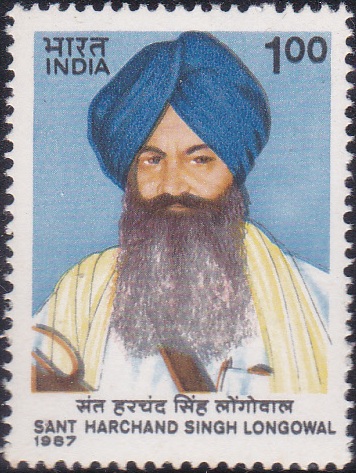
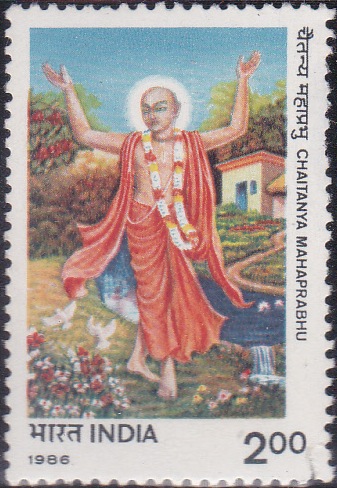
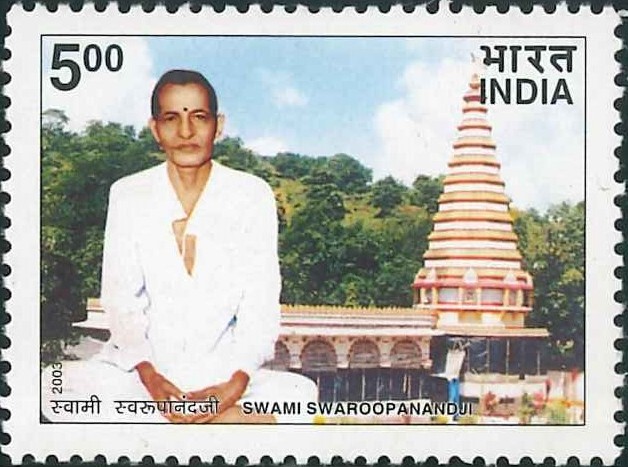
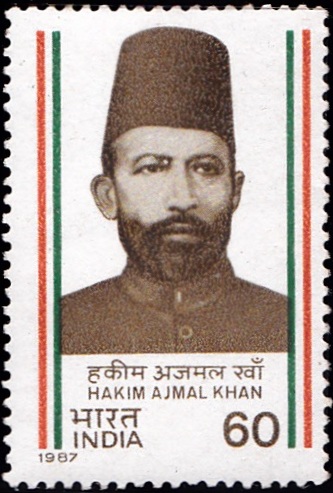
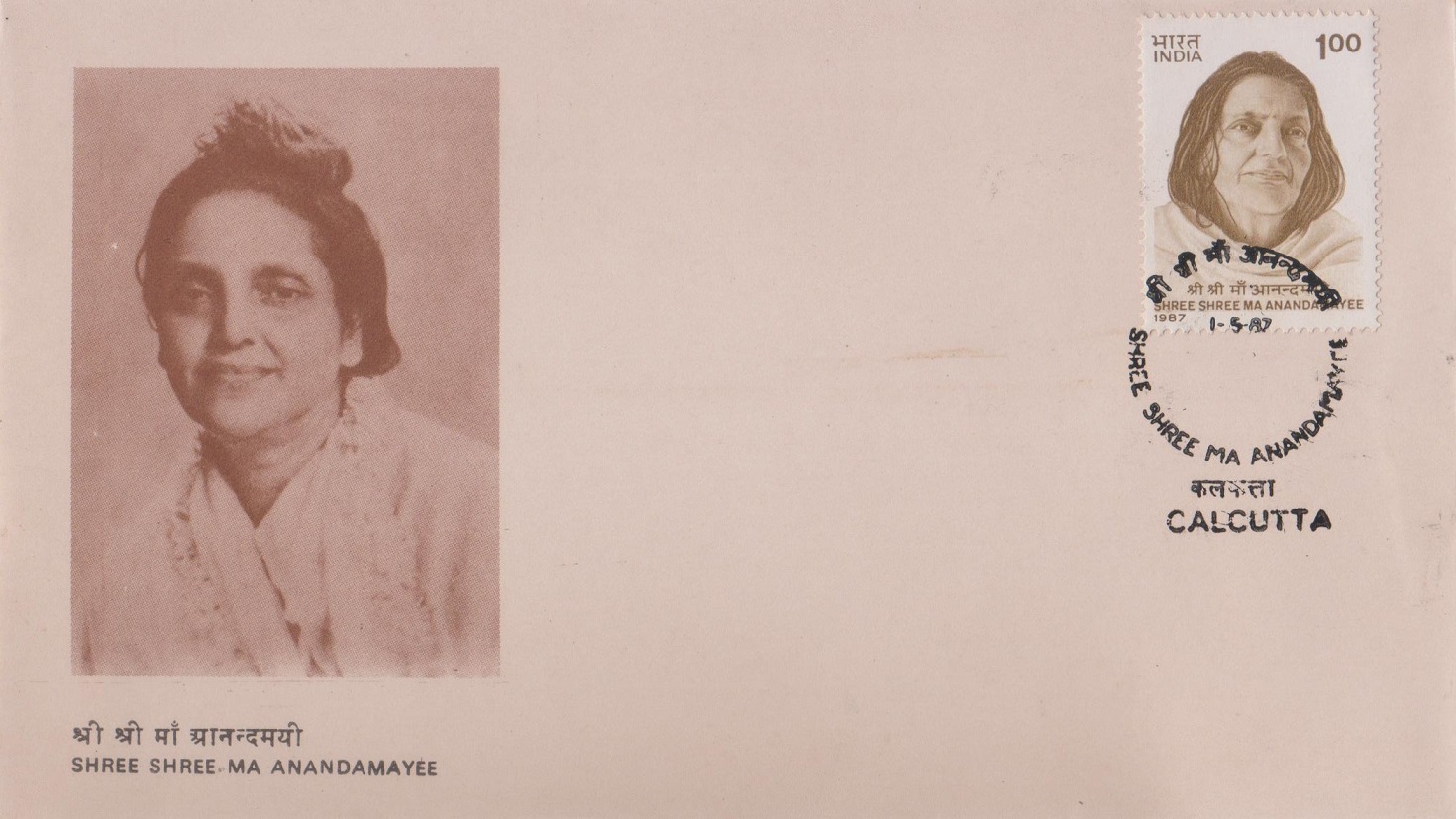
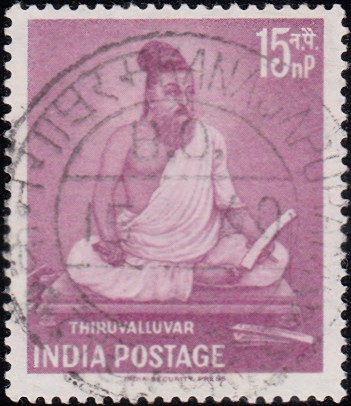
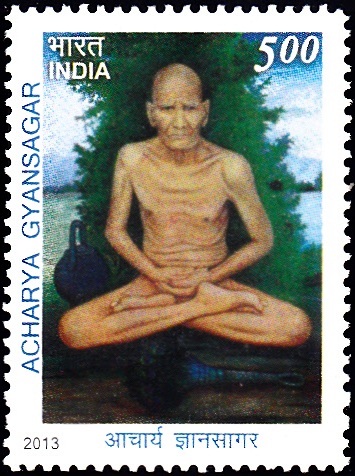
[…] of the country itself was threatened. Within months of assuming office he signed an accord with Sant Longowal which gave a new hope of harmony in Punjab. The Assam Accord brought that critically strategic […]